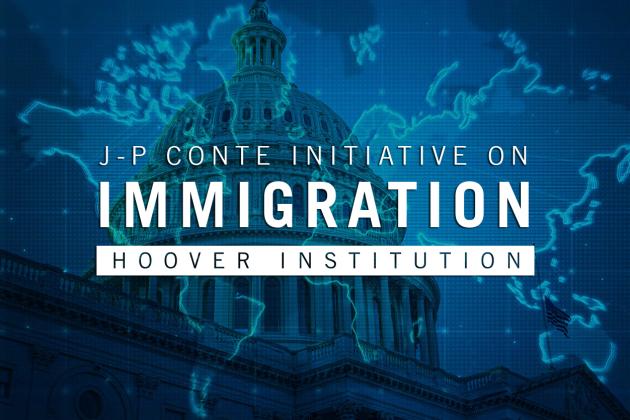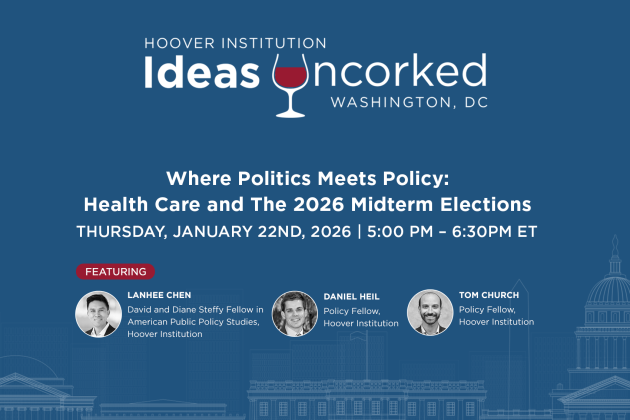PARTICIPANTS
Michael Bordo, Adrien Auclert, John Cochrane, Bob Hall, Rick Hanushek, Ken Judd, Matthew Nestler, Elena Pastorino, Paul Peterson, John Raisian, George Shultz, John Taylor, Charles Plosser, Allan Meltzer.
ISSUES DISCUSSED
Michael Bordo, Board of Governors Professor of Economics and director of the Center for Monetary and Financial History at Rutgers University, New Brunswick, and Distinguished Visiting Fellow at the Hoover Institution, discussed his paper (joint with Arunima Sinha) entitled “A Lesson from the Great Depression That the Fed Might Have Learned: A Comparison of the 1932 Open Market Purchases with Quantitative Easing.”
Faced with serious economic contraction, tanking financial markets and the presence of the zero lower bound on short-term policy interest rates, the Federal Reserve in late 2008 resorted to unorthodox means referred to as Quantitative Easing (QE) to stimulate the economy. A similar action was taken by the Fed eight decades earlier in the spring of 1932, when the central bank bought $1 billion dollars in Treasury securities over a period of just over one quarter.
The 1932 operation although similar in economic magnitude (but shorter in duration) had a bigger magnitude on term premia and the real economy than the recent operation. This we attribute to greater financial market segmentation in the context of the portfolio balance transmission channel of monetary policy.
Our empirical strategy is twofold: an event study and a DSGE model with segmented markets. The event study involved constructing a data set of weekly Treasury security holdings of the Federal Reserve in 1932, and the daily term structure of yields observed from Newspaper quotes. Unlike the 2008 operation there was no prior announcement about the size or composition of the operation nor how long it would be kept in place. The event study indicates that the 1932 program drastically lowered medium and long-term Treasury yields. The decline in Treasury Notes and Bonds around the start of the expansion were as large as 128 and 42 basis points respectively. The effects were larger than those identified by recent studies of QE1.
We then used a modern DSGE model with segmented financial markets to analyze the portfolio balancing channel through which the open market operations affected the real economy. Using quarterly data from 1920 to 1932 we find that the greater degree of market segmentation in this period made the historical open market operation more potent in stimulating output than was the case with QE. Counterfactual simulations of the model suggest that had the Fed in 1932 continued its operations as long as it did in 2008-2009, in addition to using the announcement strategy the Fed employed in the recent episode, that the Great Contraction could have ended much sooner as had been argued long ago by Milton Friedman and Anna Schwartz in A Monetary History of the United States (1963).
At the Policy Seminar interesting questions were raised about the strategies of both the event study and the DSGE model. A policy implication for today posited by members of the seminar was that while QE1 may have been successful (for the same reasons that the 1932 operation had been), later unconventional Fed QE policies involving forward guidance and discretion were not.









